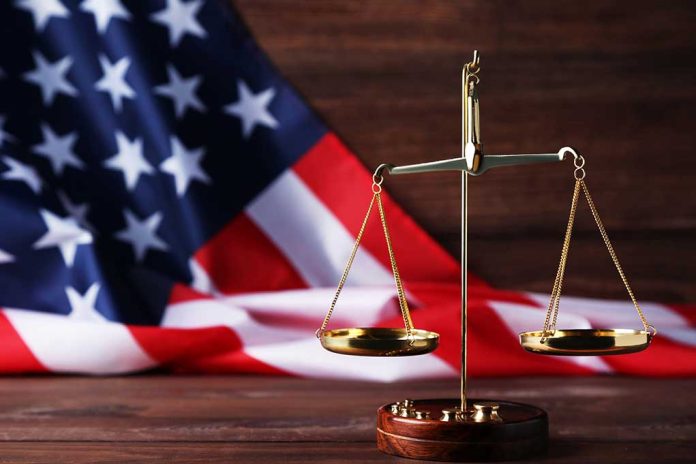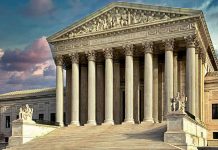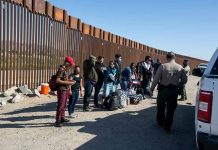
The U.S. Constitution’s system of checks and balances stands as a bulwark against tyranny, but its effectiveness is being tested in modern times.
At a Glance
- The U.S. Constitution divides power among three branches to prevent autocracy.
- Checks and balances ensure no single branch can dominate the government.
- Presidential power has grown significantly since the 20th century.
- Recent events have challenged the traditional balance of power.
- The system’s resilience is crucial for maintaining democratic stability.
The Founding Vision: A Balanced Government
The 1787 Constitutional Convention laid the groundwork for America’s unique system of governance. The framers, deeply wary of concentrated power, crafted a structure that would distribute authority across three distinct branches: executive, legislative, and judicial. This separation of powers was designed to prevent any single entity from wielding unchecked authority, a concern rooted in the founders’ experiences with monarchical rule.
Initially, the presidency was intentionally designed as a relatively weak institution compared to Congress, as noted by political scientist Benjamin Ginsberg. Congress, granted the power of the purse and lawmaking authority, was envisioned as the primary driver of governance. However, this balance has shifted dramatically over time, reflecting the nation’s growth and changing global realities.
Government power in US is a swirl of checks and balances https://t.co/PjGbCVTVI4
— Federal Times (@FederalTimes) July 12, 2024
The Evolution of Presidential Power
The 20th century marked a turning point in the expansion of presidential authority. Franklin D. Roosevelt’s New Deal era and the demands of World War II saw Congress ceding significant power to the executive branch through various pieces of legislation. This trend continued as presidents increasingly used executive orders, signing statements, and judicial appointments to advance their agendas.
Recent events have further tested the boundaries of presidential power. A notable Supreme Court decision expanded presidential immunity, potentially shielding former presidents from criminal prosecution for acts committed during their tenure. This development raises questions about the effectiveness of checks and balances in holding the executive branch accountable.
Congressional Oversight and Judicial Review
While presidential power has grown, Congress retains significant tools to check executive authority. The legislative branch can propose constitutional amendments, impeach officials, and override presidential vetoes with a two-thirds majority. The War Powers Act of 1973 requires presidents to consult Congress when deploying troops, with a 60-day limit without congressional approval.
The judiciary, particularly the Supreme Court, plays a crucial role in maintaining the balance of power. Through landmark decisions like Marbury v. Madison, which established judicial review, the Court has shaped the boundaries of governmental authority. More recent rulings, such as those related to the Chevron doctrine, continue to influence the regulatory power of the executive branch.
Challenges to the System
The system of checks and balances faces ongoing challenges. The National Emergencies Act of 1976 grants presidents broad powers to declare national emergencies, with nearly 60 such declarations made since its enactment. While Congress can technically veto these declarations, the practical application of this power has been limited.
The dynamic between the branches remains fluid, with boundaries often shifting when Congress fails to assertively check presidential actions. This fluidity, while allowing for governmental flexibility in times of crisis, also risks eroding the careful balance envisioned by the Constitution’s framers.
Preserving Democratic Stability
As the United States navigates complex domestic and global challenges, the resilience of its constitutional framework becomes ever more critical. The system of checks and balances, though tested, remains a fundamental safeguard against the concentration of power and the erosion of democratic norms. It is incumbent upon all branches of government, as well as an engaged citizenry, to uphold these principles and ensure that the delicate balance of power envisioned by the founders endures for future generations.












